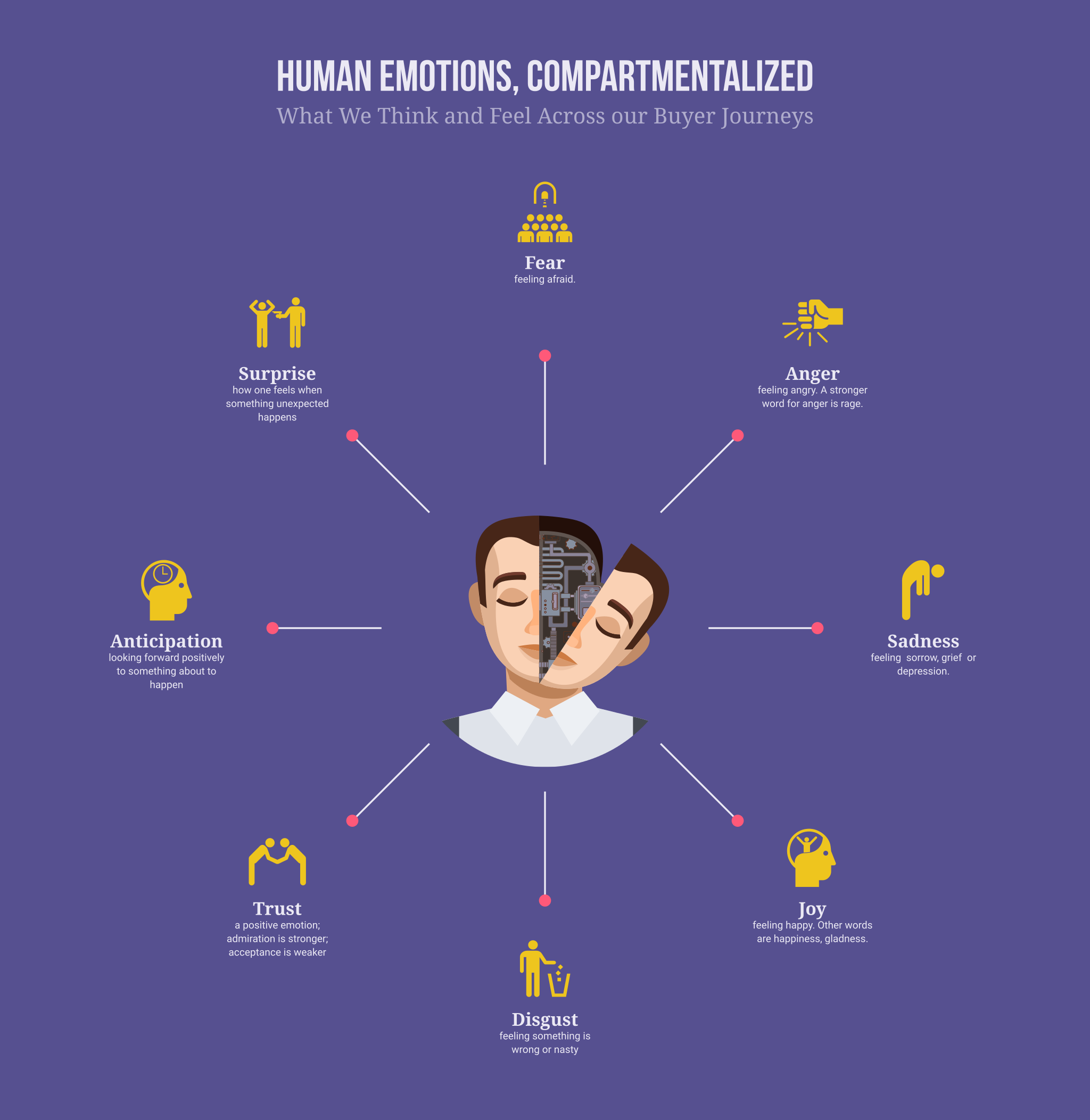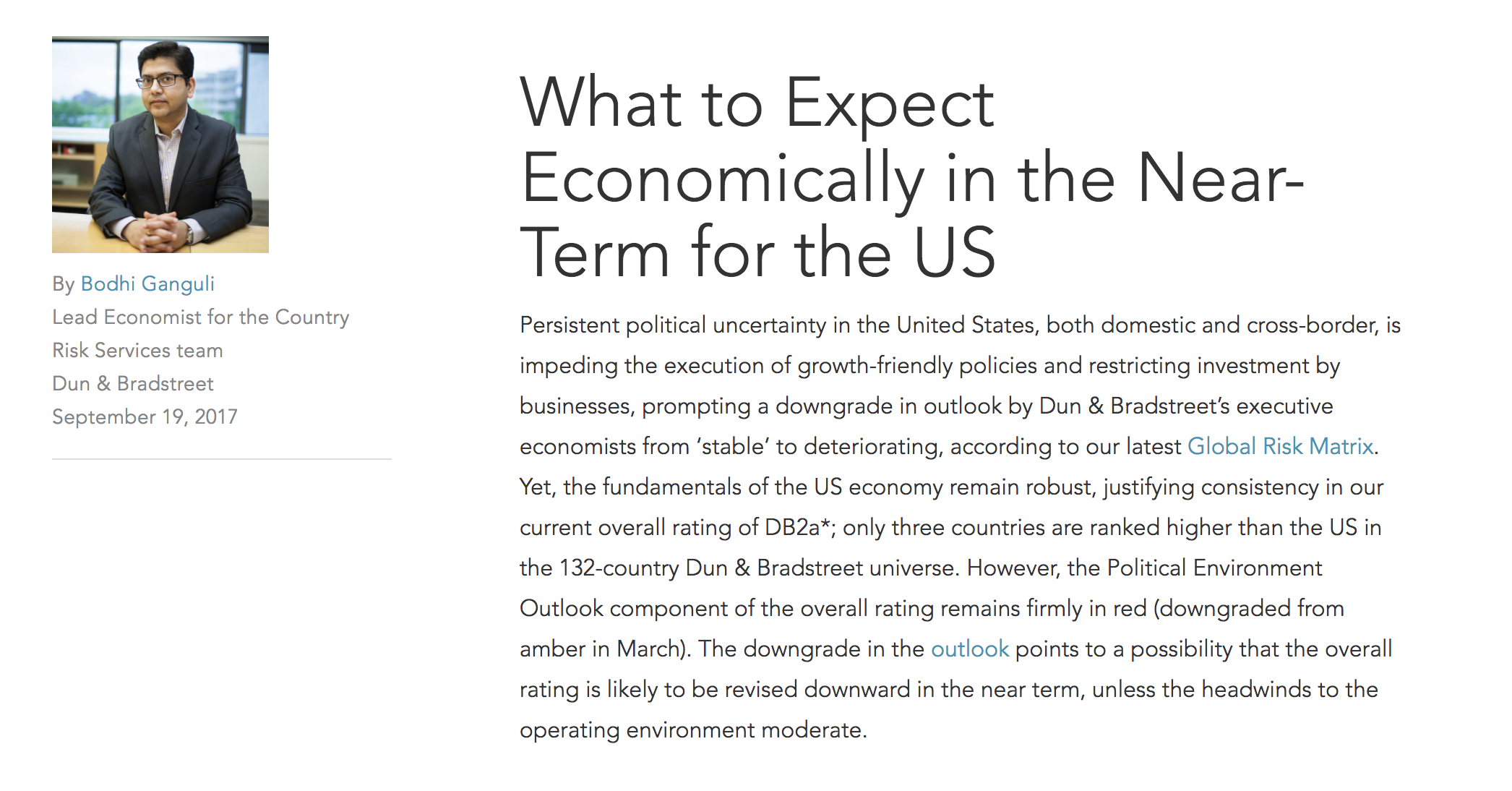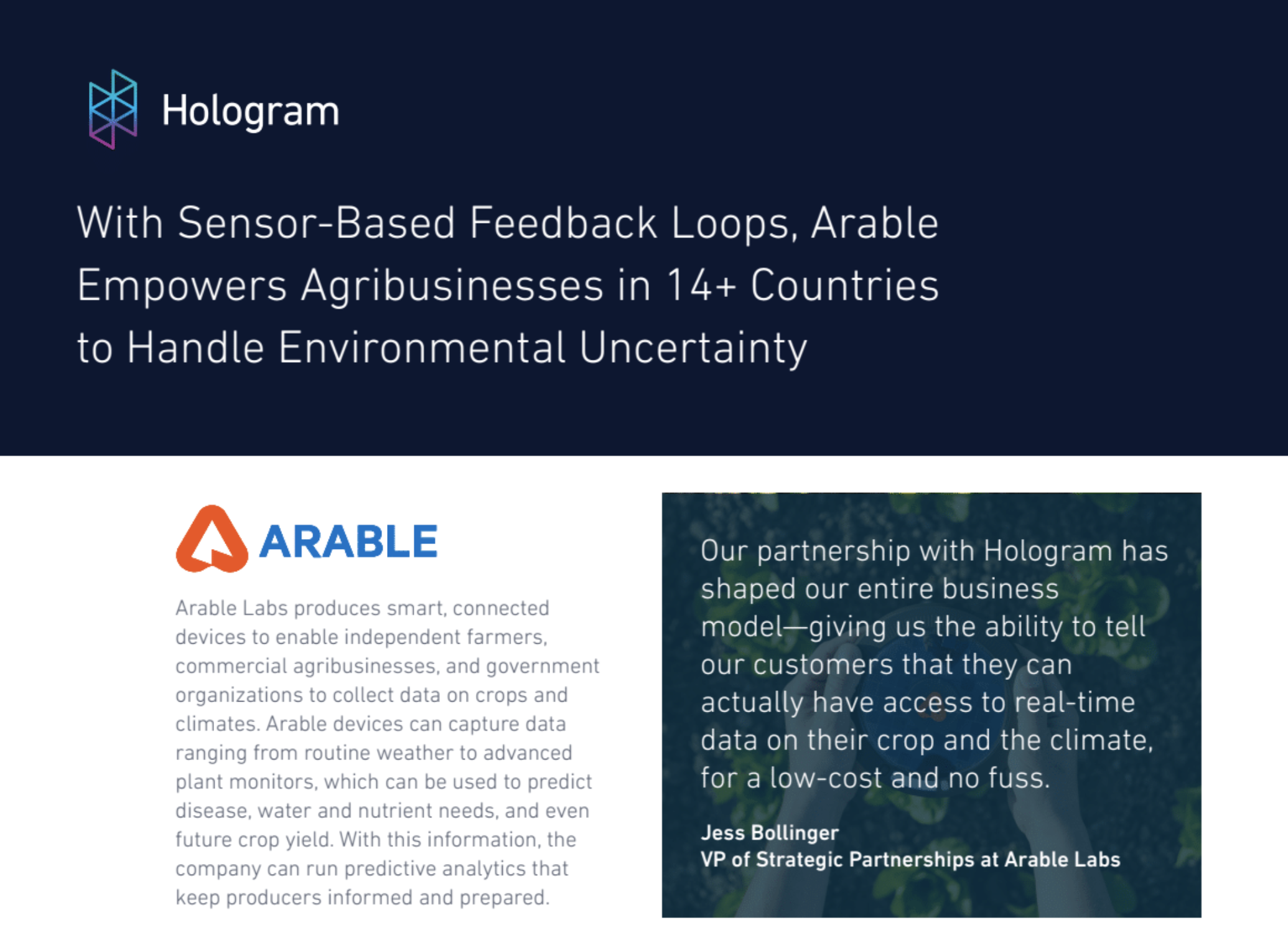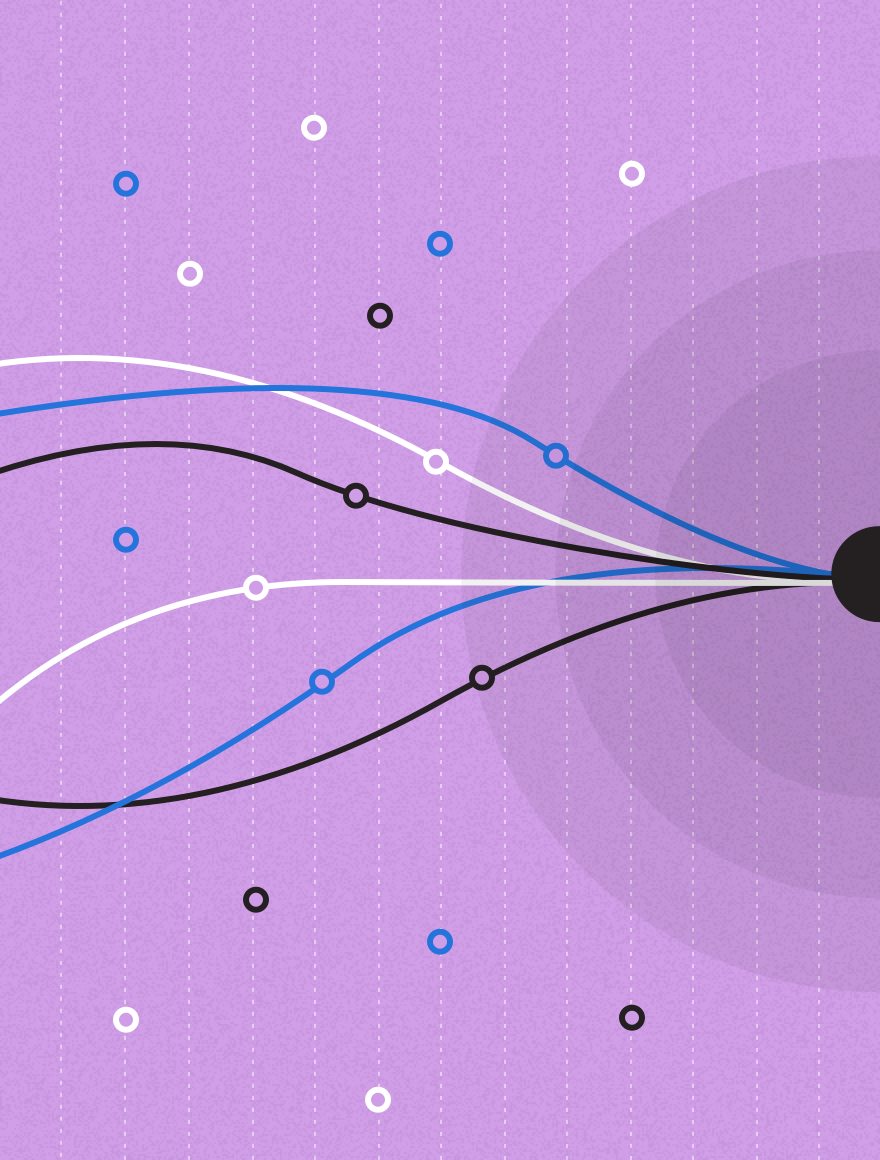Humans are humans. Whether we’re buying software or food at the grocery store, we give our purchases careful consideration. We use both our rational and emotional brains. Is this purchase worth it? Will this platform help my team surpass its quarterly sales quotas? Will the outcome I generate be worth the investment that I make?
“One of the challenges businesses have faced since the beginning of time is how to ethically influence the buyer to purchase their goods and services,” writes Mark Banschick M.D. for Psychology Today.
There are plenty of ways to influence customers. Create an allure of scarcity. Instill fear of missing out. Make big promises that you’ll decide how to fulfill—later. Or, you could do the responsible thing and give people the honest truth.
“A morally responsible businessperson wants to solve a problem for their customers,” says Banschick. “In other words, they don’t lie, cheat, or otherwise deceive their customers to get them to buy something that they know doesn’t work.”
An ethical marketer won’t use fear or guilt-based practices to pressure people into quick decisions. Instead, they share valuable information—building and fortifying communities that enable knowledge-sharing or networking. Ethical marketers prioritize education and problem-solving above sales pitches. But they also face challenges: the marketer with the most integrity isn’t always the marketer with the most substance and guidance to offer audiences.

Emotion is both a tool and a force. Use it wisely to build genuine, authentic relationships with your B2B customers. Here’s how.
A Framework for Buyer Decisions
Banschick describes the buyer journey as a learning pathway. When prospects research a potential solution, they are conducting their research with respect to a personal need. There are three defining domains that guide buyers from discovery through decision, says Banschick: cognitive, constructivist, and experiential.
Cognitive learning speaks to the absorption of new information.
Once buyers collect preliminary information, they apply the research they’ve gathered to their unique needs—that’s constructivist learning.
The buyer then begins experimenting with this knowledge—gaining an understanding of how a product fits into his or her everyday life.
This framework brings structure to otherwise convoluted buyer journeys. In both B2B and B2C contexts, today’s shoppers engage with companies through multiple touch points. And as conventional wisdom has always said: people like to do business with fellow humans, not businesses. As humans, we rely on our judgment, intuition, and emotions to make decisions.
Create Emotional Experiences
Many marketers plan campaigns in terms of emotional triggers, focusing on how to hook audiences with information in the moment. But B2B buyers engage in longer sales cycles. Emotional triggers can create unnecessary pressure, causing audiences to perceive your company as disingenuous.
Here are two B2B marketing campaigns that create cohesive, delightful, and informative buyer experiences—taking the selling out of your company’s sales process as a result.

1. Dun & Bradstreet’s Economic Outlook Series
Dun & Bradstreet, Inc. is a company known for its financial services and data-as-a-service (DaaS) products. As a near 200-year-old company, the company has evolved to support a global customer base of 90% of the global Fortune 500.The company also reaches decision-makers across marketing, finance, credit, and risk functions in mid-market and small business entities.
One of the questions that D&B’s audience has is how to take steps forward in a world undergoing rapid change. Trade negotiations are in flux, the European Union has changed composition, and supply chain uncertainty is a new norm. Business decision makers are concerned for their prosperity and longevity.
D&B employs an internal team of macro- and micro-economists to study global patterns. This team presents its information in a monthly webinar in addition to a series of blog posts. They show how Dun & Bradstreet’s DaaS products alleviate fear and uncertainty in a time of economic turbulence.
The company’s goal is to provide a realistic picture of what’s happening in the world and give people confidence to respond and plan accordingly. Through these Global Economic Outlook webinars, Dun & Bradstreet establishes its business as a provider of solutions—and calmer of fears.

2. Hologram’s Customer Story Series
Hologram is a startup in the internet of things (IoT) industry and has created both hardware and software for developers to build products. The challenge with IoT development is that technology is new—people are in the early stages of building solutions and often encounter challenges related to security, infrastructure, and the path from prototyping to deployment.
Hologram’s product is a plug-and-play modem and software development environment that alleviates these frustrations. That value proposition is important to B2B buyers who range from executives at companies to engineering program managers and independent developers.
Through customer stories, Hologram has build a narrative that illustrates what’s possible to build—sensors that monitor crop and weather patterns, insurance tech monitors that save lives, and pump monitors that ensure consistent access to water.
The stories convey excitement and optimism for a technical future that all companies, developers, and security experts have a hand in building.
Final Thoughts
Focus on the experience that you’re creating. Integral to this process will be your team’s ability to pinpoint what challenges are standing in your customers’ way. Help people see that they can accomplish more with your help.

